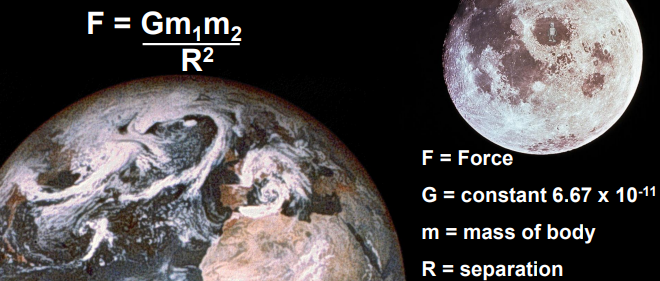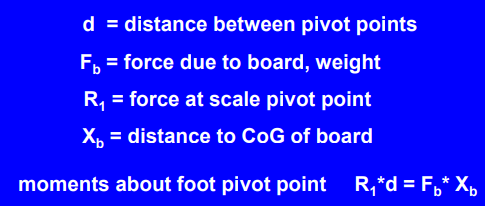4 - Centre of Mass and Equilibrium
1/11
There's no tags or description
Looks like no tags are added yet.
Name | Mastery | Learn | Test | Matching | Spaced |
|---|
No study sessions yet.
12 Terms
Centre of Mass
conceptual point where all the mass of a body can be considered concentrated
Point mass representing whole mass of a system
Single force/resultant of more then 1 force has to pass through CoM for linear movement
Point about which a free body will rotate
Point Mass
Mass at 1 point
Newton’s laws are applied to point masses
Apply Newton’s laws to CoM
CoM
Distribution of mass is equal in all direction
No response to gravitational field
Centre of Gravity
Distribution of weight equal in all directions
Depends on gravitational field
Conceptual point which has same potential energy of body + through which resultant gravitational forces will pass
Gravity
force acting between masses
Always attractive
Depends on masses involved in separation

Finding CoG to CoM
Geometric Shape - know the distribution of all points
Rigid Bodies - balance/knife edge method (CoG above point of support)
Equilibrium - balance
Equilibrium
Balanced set of forces and moments resulting in no acceleration of the body
System in eqilibrium:
sum of body forces = 0
sum of moments about point = 0
Moment of force about an axis = product of a force and the perpendicular distance from the line of of action of the force to the pivot point
Moment Equation
Moment = Force x Perpendicular distance
Determining CG (Equipment)
Statograph - summing moments about 1 axis
Reaction Board - summing moments about 2 axis
Moments about foot pivot point

Force
Mass x Acceleration
Weight
Mass x Acceleration due to gravity (9.81)